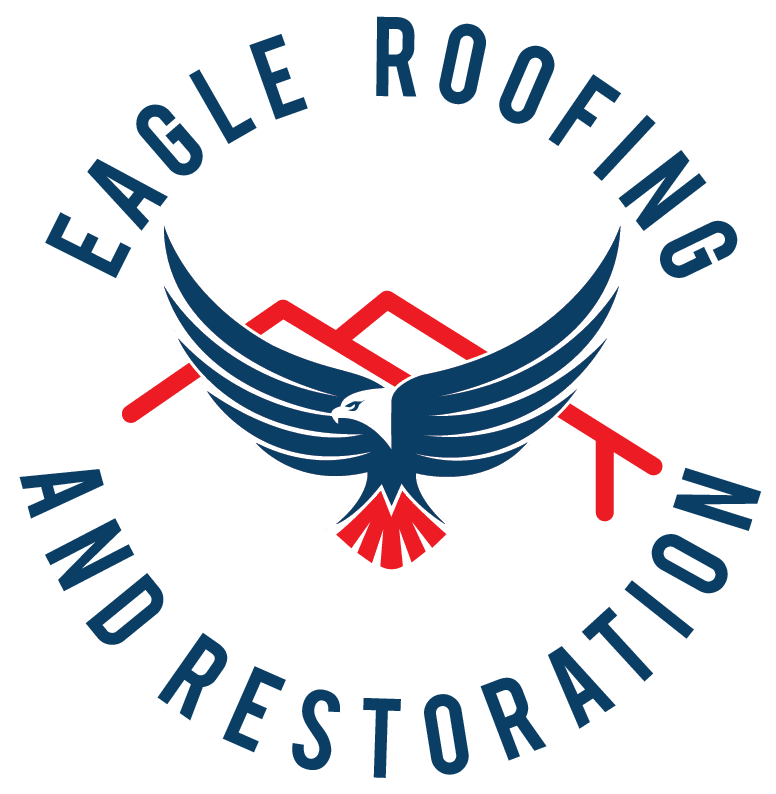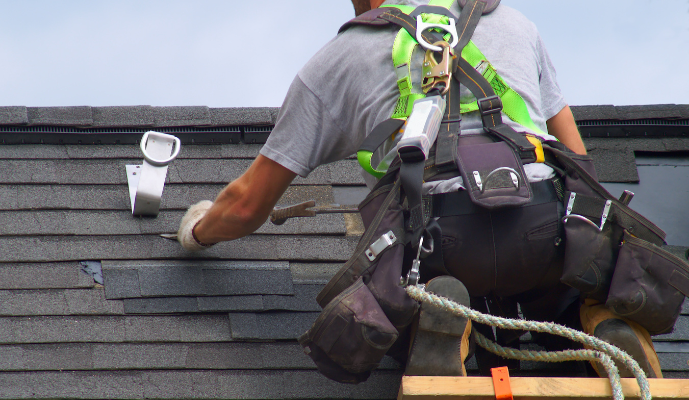Many homeowners overlook essential maintenance and management strategies that can significantly affect their roof’s longevity. Regular roof inspections and timely repairs can prevent costly issues like leaks and mold growth. This article will delve into key factors that influence your roof’s lifespan, common mistakes that lead to premature wear, and effective practices for extending its durability. By understanding these elements, readers can make informed decisions, potentially lowering future roof replacement costs while enjoying improved protection against sunlight and other elements.
Understanding Key Factors That Affect Your Roof’s Lifespan
The lifespan of a roof depends on several crucial factors. Selecting the right roof material, such as fiberglass, can greatly influence durability. Local climate conditions also play a significant role, as water and extreme weather can lead to deterioration. Proper installation techniques by a skilled roofer ensure structural integrity, while regular maintenance practices, including roof cleaning, help prevent costly repairs and extend longevity.
Importance of Roof Material Selection
Selecting the right roofing material is vital for ensuring the longevity of a roof. For instance, a metal roof offers excellent waterproofing and resistance to wind, which can significantly reduce wear over time compared to other materials. Homeowners should consider not just the initial cost, but also the return on investment when choosing materials; premium options may entail a higher upfront expense yet provide better durability and lower maintenance costs in the long run.
Different climates can impact the effectiveness of roofing materials. In areas prone to heavy rainfall, investing in a quality waterproofing system alongside a resilient material can prevent structural damage and extend the roof’s lifespan. By understanding how various materials respond to local conditions, homeowners can make informed decisions that protect their property and enhance overall roof performance.
Effects of Local Climate Conditions
Local climate conditions significantly influence the lifespan of a roof. For example, areas that experience severe weather, such as heavy rains or intense winds, require roofs that can withstand these elements. Proper installation of flashing around joints and chimneys is crucial in preventing leaks, which can lead to costly damage. Homeowners in regions with fluctuating temperatures should also consider roofing materials that can adapt, such as wood shingles that develop a protective patina over time, enhancing their durability and energy efficiency.
The choice of roofing material should reflect the local climate’s demands. In warmer climates, materials that reflect sunlight can prevent overheating, ultimately reducing energy costs. Conversely, in colder regions, roofs need to be fitted to shed snow efficiently. Understanding how weather patterns impact roofing performance helps homeowners make informed decisions, ensuring that their investments remain protected and contribute to a longer lifespan for their roofs.
Common Mistakes That Reduce Your Roof’s Durability
Ignoring routine inspections, neglecting gutter cleaning, and failing to address roof damage promptly can significantly shorten a roof’s longevity. Inadequate ventilation can lead to issues like corrosion, particularly in steel roofs. Each of these common mistakes can lead to costly repairs, emphasizing the importance of regular attention to roofing maintenance and repair for homeowners.
Ignoring Routine Inspections
Ignoring routine inspections can have serious consequences for a roof’s durability. Without regular checks, issues such as moss growth, small leaks, or damaged shingles can go unnoticed, leading to larger problems over time. For example, in regions that experience extreme weather, unaddressed vulnerabilities can allow moisture to compromise the roof structure, ultimately increasing repair costs and reducing its overall lifespan.
Homeowners often overlook the relationship between a well-maintained roof and effective pest control. Pests can exploit weaknesses in roofing systems, particularly if the integrity is compromised due to neglect. Additionally, poor ventilation, caused by added insulation without inspection, can impact air conditioning efficiency and contribute to overheating, making regular inspections essential for maintaining a long-lasting and reliable roof.
Neglecting Gutter Cleaning and Maintenance
Neglecting gutter cleaning and maintenance can lead to significant issues that adversely affect a roof’s lifespan. When gutters become clogged with debris, water cannot efficiently flow away, causing it to pool on the roof. This situation is particularly problematic in climates with heavy rainfall, as the excess water can contribute to leaks, damage tile roofs, and increase repair costs due to expedited wear and tear.
Regular maintenance of gutters should be a key component of any home improvement strategy. Homeowners must consider the potential consequences of ignoring this aspect of roof care, as neglect can lead to costly repairs and shortened roof durability. By ensuring that gutters are clear and functioning properly, property owners can protect their roofs from unnecessary damage and enhance their overall longevity.
Best Practices for Extending Your Roof’s Lifespan
Scheduling regular professional inspections is critical for identifying potential issues before they lead to expensive roof repair. Choosing quality roofing products ensures durability and can withstand various pressures. Implementing proper drainage solutions protects the deck structure from water accumulation, while keeping roof surfaces clear of debris prevents damage. These strategies contribute significantly to the longevity of both residential and commercial roofing systems.
Scheduling Regular Professional Inspections
Scheduling regular professional inspections is a proactive measure that significantly contributes to extending the lifespan of an asphalt roof. These inspections allow skilled professionals to identify early signs of moisture ingress or potential structural issues that could lead to severe damage over time. By adhering to building code requirements, homeowners can ensure that their roofs remain compliant, reducing the risk of expensive repairs and establishing a baseline for future maintenance.
Choosing Quality Roofing Products
Choosing quality roofing products is essential for ensuring the durability of roofs, especially when considering options like roof tiles for pitched surfaces or reliable materials suited for flat roofs. Investing in premium roofing materials not only enhances the roof’s resistance to water damage but also contributes to long-term savings by minimizing maintenance costs associated with inferior products.
Implementing Proper Drainage Solutions
Implementing proper drainage solutions is crucial for extending the lifespan of a roof. Inadequate drainage can lead to water accumulation, which contributes to wear and tear, particularly on materials like slate and bitumen. Homeowners should invest in effective gutters and downspouts designed to channel water efficiently, thereby minimizing the risk of damage from freezing and thawing cycles that can occur in colder climates.
Keeping Roof Surfaces Clear of Debris
Keeping roof surfaces clear of debris is essential for maintaining optimal ventilation and enhancing the lifespan of a roof. For homeowners, regularly removing leaves, branches, and other materials can prevent water pooling and subsequent damage.
Understanding the Importance of Roof Ventilation
Proper roof ventilation is crucial for extending a roof’s lifespan by preventing damage from excess moisture and heat.
How Ventilation Affects Roof Longevity
Effective ventilation is fundamental to maintaining a durable roofing system. Without proper airflow in the attic, heat and moisture can accumulate, potentially damaging roofing materials like clay tiles.
Signs of Poor Ventilation to Watch For
Homeowners should be vigilant for signs of poor ventilation, as these indicators can lead to costly roofing issues. One prominent sign is the presence of mold or mildew growth.
Solutions for Improving Roof Ventilation
Improving roof ventilation is essential for prolonging the lifespan of a roof and preventing issues such as rust and algae growth.
Frequently Asked Questions
What Are the Signs of an Aging Roof?
Homeowners should be vigilant for several signs indicating an aging roof.
How Often Should I Have My Roof Inspected?
Homeowners should schedule roof inspections at least twice a year, ideally in the spring and fall.
What Roofing Materials Last the Longest?
Several roofing materials are known for their longevity, making them ideal choices for homeowners looking to extend the lifespan of their roofs.
Conclusion
Extending your roof’s lifespan requires vigilance and proactive measures to avoid costly mistakes. By actively engaging with professional roofing services, property owners can ensure their roofs remain sturdy and reliable for years to come. By actively engaging with Eagle Roofing, property owners can ensure their roofs remain sturdy and reliable for years to come.

